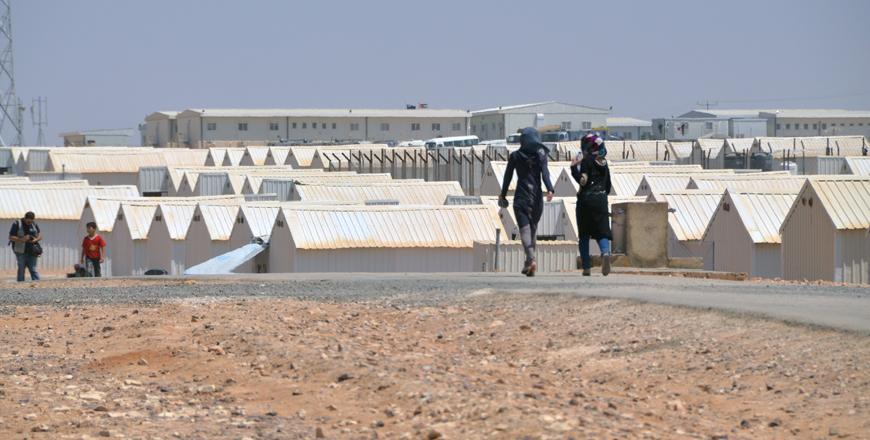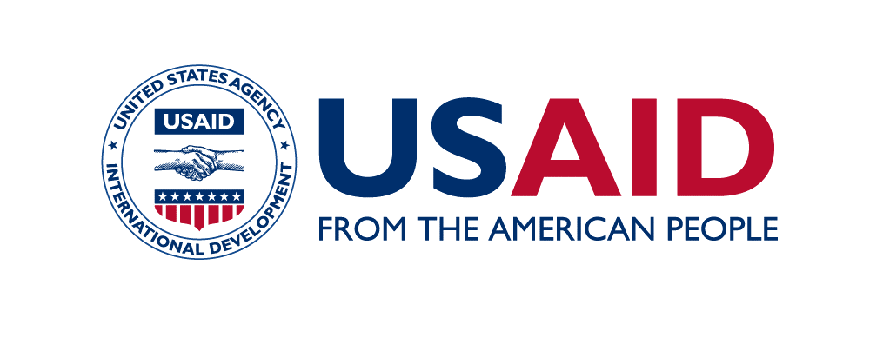You are here
Over 3,000 Syrian refugees return to Azraq camp from urban areas — UNHCR
By JT - Aug 03,2015 - Last updated at Aug 03,2015

A total of 3,658 Syrians returned to Azraq Refugee Camp, some 100km east of Amman and 20km west of the town of Azraq in Zarqa Governorate, in the first half of 2015 (Photo by Muath Freij)
AMMAN — More than 3,000 Syrian refugees have returned to Azraq Refugee Camp from urban areas in the first half of the year, the UNHCR said in a recent report.
The report, issued last week, said that as Zaatari — the largest refugee camp in the Middle East — prepared to mark its third anniversary in late July, the UNHCR revealed an increase in the number of refugees seeking shelter in camps across the rest of the country.
“With Zaatari at full capacity, the number of urban refugees seeking shelter in Jordan’s second camp, Azraq, increased fourfold in the first six months of this year,” UNHCR Spokesperson Ariane Rummery said in a statement posted on the UN agency’s website.
In the first half of 2015, 3,658 people returned to Azraq, some 100km east of Amman and 20km west of the town of Azraq in the Zarqa Governorate, from urban areas, compared to just 738 in the second half of 2014, the statement added.
Zaatari camp is the largest refugee camp in the Middle East, with around 81,000 Syrian residents. The temporary settlement was established on 29 July 2012 amid huge inflows of refugees from Syria.
UNHCR said that living conditions for more than half a million refugees living outside camps in the country has become “increasingly tough”.
The latest survey showed 86 per cent of urban refugees living below the Jordanian poverty line of JD68 ($95) per capita per month.
This trend, the agency explained, is driven by increasing vulnerability of urban refugees in Jordan whose savings are depleted after years in exile, and who are unable to find secure legal livelihoods.
“Those living in Amman, in particular, are trying to survive in one of the most expensive cities in the Middle East,” the statement added.
Most have already seen the value of their monthly WFP food vouchers being cut in recent months and now face the prospect of losing them entirely.
Last month, Andrew Harper, the UNHCR representative to Jordan, warned that there will be an increase in number of Syrians returning to camps due to the announced food cut affecting those living in host communities.
The WFP in July expressed concerns about the humanitarian situation for Syrian refugees if no further funds are received.
As has been the case for most of 2015, WFP was again forced to reduce the value of food assistance provided to refugees living in the communities in July.
In a previous statement to The Jordan Times, Harper said 440,000 Syrian refugees in Jordan will be affected by the cut and this will have an adverse impact on their lives.
Harper said that those in host communities “can always come to the camps”.
However, he warned that there is an increase of returns of those extremely vulnerable refugees because “they can’t pay rent and pay for medical care”.
“We try to make sure that people who are provided protection are not returning due to lack of support,” Harper said last month, noting that the agency has only received 30 per cent of the funds it needs for the current year to provide services for Syrian refugees.
Related Articles
AMMAN — To help address urgent refugee food security needs in Jordan, the United States Agency for International Development (USAID) is prov
Measures adopted by the authorities and UN agencies prior to and during the snowstorm that hit most of the country’s governorates this weekend helped avert major incidents among Syrian refugees in the camps.
AMMAN — There is no intention to move the Zaatari and Azraq refugee camps to the Rweished region, the government affirmed on Wednesday.Brig.
















